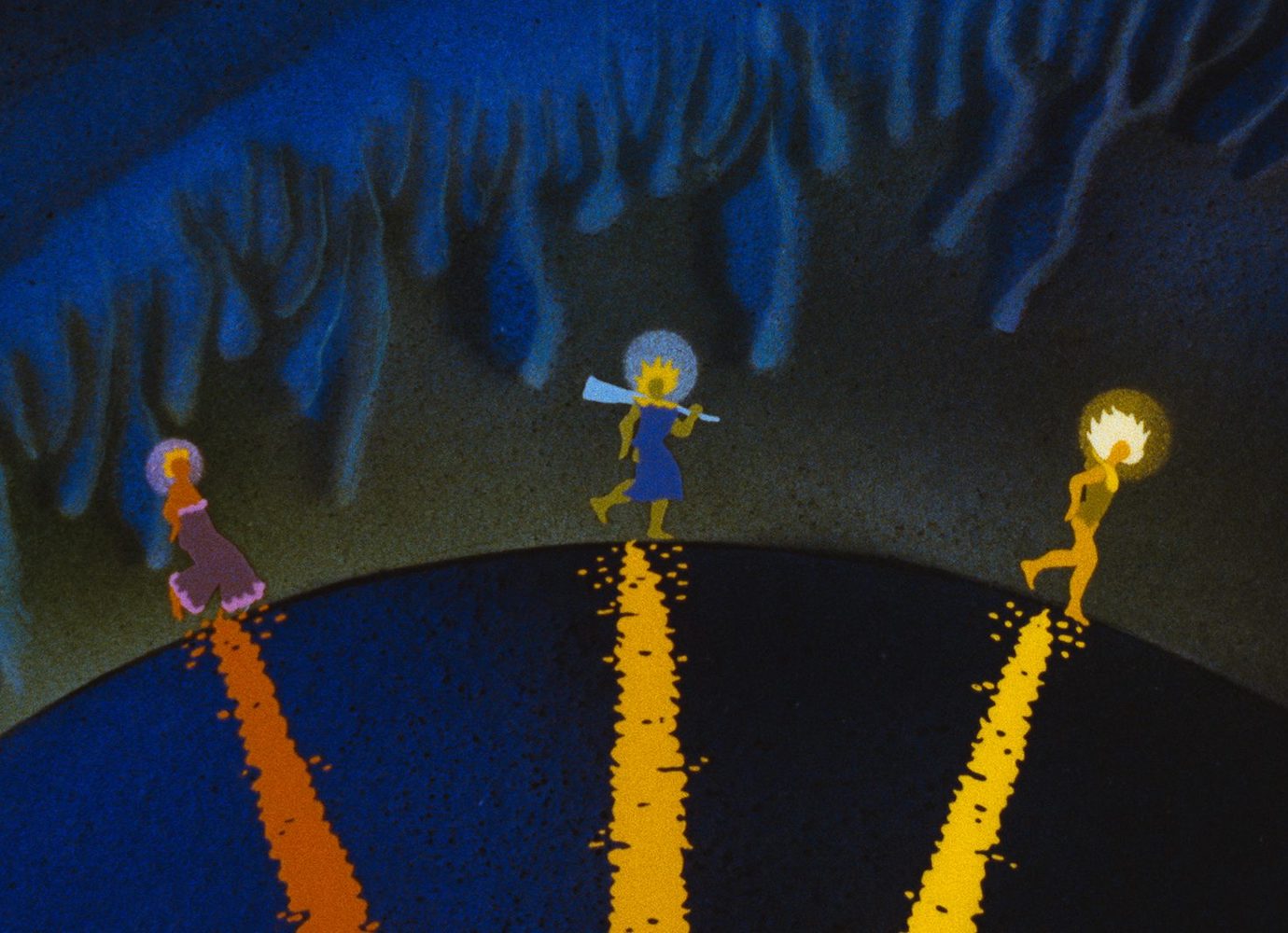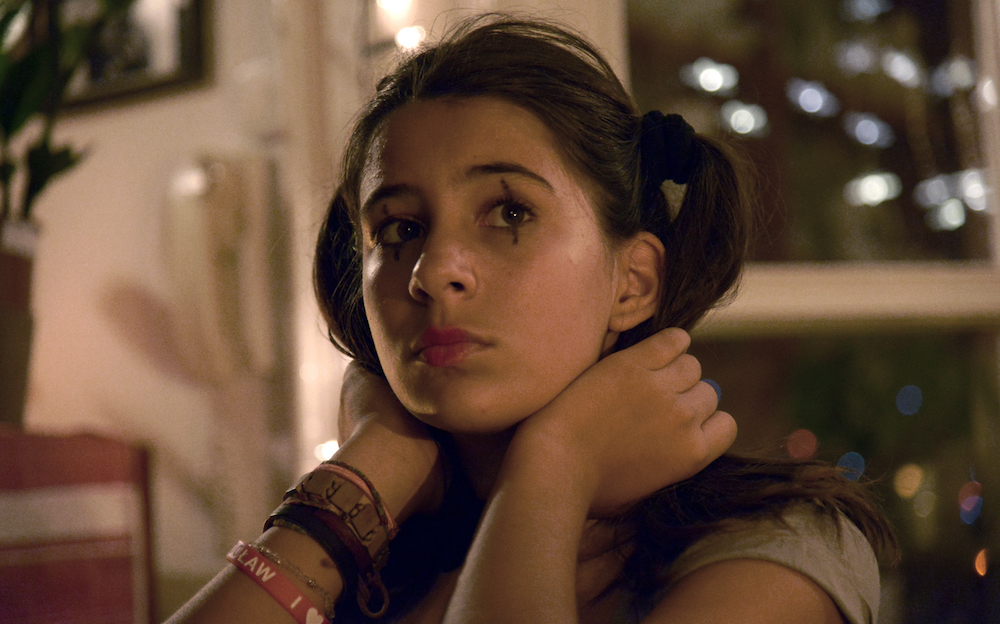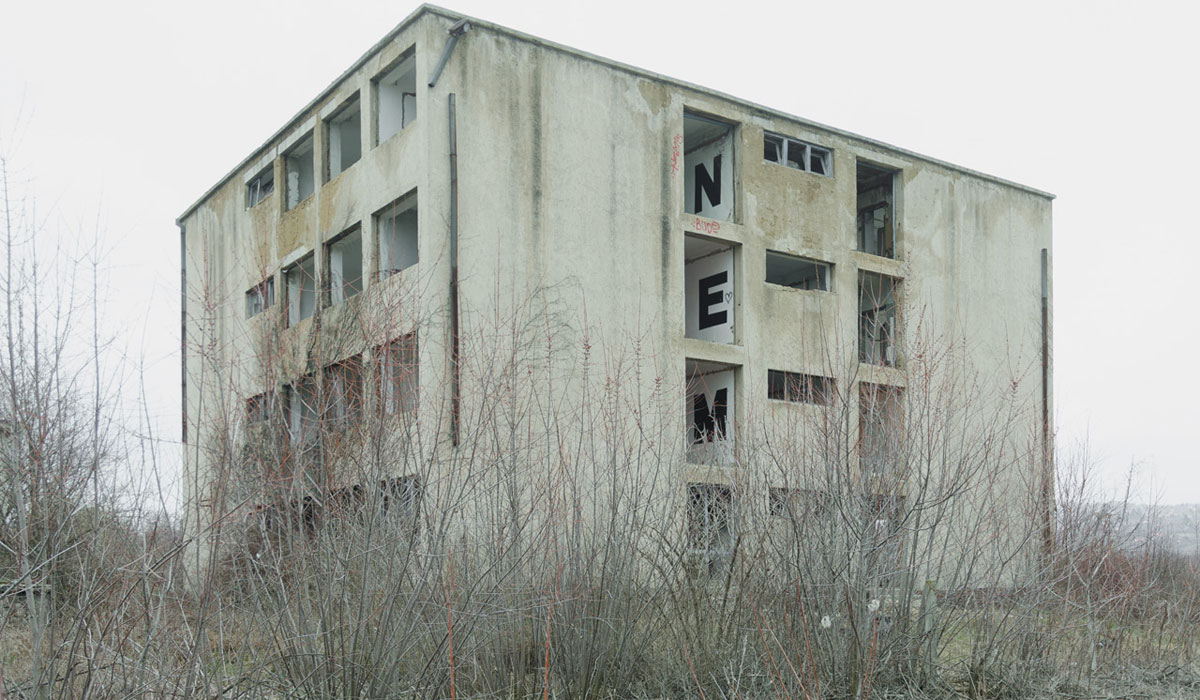In search of the essential: the life and music of Hungarian composer György Kurtág

Still going strong at 94, György Kurtág has cemented his legacy as one of the final custodians of the modernist flame. Writer Hugh Morris looks back on a life marked by an all-encompassing faith to the illusive ideal of the inner artist.
Summing up the life and work of enigmatic composer György Kurtág is no mean feat, even for close friend and fellow musician Heinz Holliger. “Every note he writes is essential. There is never an idea of small talk. There is never an idea of wanting to please somebody or an audience. For him, there is only the truth, the essential, that you never can lie when you make music.” Holliger’s delivery has echoes of Kurtág in itself, with short, considered statements mirroring his friend’s aphoristic musical style.
Nevertheless, Kurtág’s recent work emits an on-the-nose symbolism he’d probably prefer to shy away from. Milan’s La Scala hosted the 2018 premiere of his first opera; Fin de Partie: Scènes et Monologues, Opéra en un Acte, which sees the probable final act of lifelong obsession with the works of Samuel Beckett. The easy conclusion is that now aged 94, Kurtág is growing ever closer to his own personal “endgame”. But given the existential commitment he holds to expressing personal artistic truth, one feels he’ll never really retire — at least, not in the conventional sense.
György Kurtág was born in Logoj in western Romania in 1926, later becoming a Hungarian citizen two years after moving to Budapest in 1946. The move brought him closer to another composer of the same name and near enough the same age, with whom he would form a Hungarian axis of art music composition in the 20th century: György Ligeti. The man behind the absurd Grand Macabre and the revolutionary orchestral score Atmospheres, Ligeti is nowadays probably most recognised for the soundtrack to 2001: A Space Odyssey. After meeting at the Liszt School of Music (where Kurtág would eventually gain a succession of teaching posts) the Ligetis and the Kurtágs became forever intertwined.
But while the two are often grouped together at the vanguard of composition during the late 20th century, their musical outputs stand far apart. Ligeti’s music often explores texture and density, with highly theatrical elements and grand gestures aplenty. By contrast, Kurtág’s finds solace in the concentrated and the pure, focused solely on expressing a condensed honesty that is so direct and powerful that it rarely appears for more than a fleeting moment.
Comparisons are difficult when dealing with such a stridently original figure. He stands out from peers within contemporary music, given that he never fully embraced the serial techniques introduced by Schoenberg, Berg and Webern, which rejected the tonal and modal scales that are ever-present in classical and pop music to this today. Instead of looking for musical trends around him, Kurtág finds inspiration through the indelible figures of Western music history: Mozart, Beethoven, Schubert, and J.S Bach.
Bach’s influence is all around in Kurtág’s work, even if it isn’t always directly heard. There are Kurtág’s four sets of Microludes, each a collection of twelve tiny preludes for each semitone of the standard 12-point musical scale, that mimic the organisation of Bach’s 48 Preludes and Fugues. Kurtág also released transcriptions of Bach for piano four-hands, pairing them for performance alongside selection from his seminal Játékok series. Bach became a fundamental touchstone for Kurtág.
His slavish procedure of writing and rewriting his music means Kurtág’s output is far less than of some his more prodigious peers. But in Játékok (which roughly translates as Games) we see another side, a collection of diaries that act as musical crucibles for larger works. Without sacrificing his commitment to brevity, Játékok draws on the tradition of Hungarian piano tradition of Bela Bartok in bridging the gap between didactic piano tutor and collection of pieces. The ploy works well. The pieces are approachable, witty and austere, and a little ironic (especially as the childish forms wear on into their seventh and eighth collections) but are always honest and direct in their expression. And this strikes at the heart of Kurtág’s importance: his capacity for dredging up inner emotions in a manner undeterred by fashion or ideology is what makes his music so beautifully essential.
Leafing through the gorgeous, cryptic pages of Játékok, there is clearly a piece of the puzzle missing. Many of the miniatures are for piano duet, maybe intended as duets between pupil and teacher, but certainly conceived through a bond between two people whose bond stretched far beyond the musical.
Kurtág’s capacity for dredging up inner emotions in a manner undeterred by fashion or ideology is what makes his music so beautifully essential
Márta and György Kurtag met when György moved to Budapest, drawn together by music. Márta was an acclaimed pianist and teacher herself. The couple described their marriage as seventy-two year “joint effort” — a journey through marriage, performance, composition and life. Unfortunately, that partnership is too often erased by the phrase, “composed by G. Kurtág.” But Márta was far more than the patriarchal “muse” figure. Instead, she simultaneously occupied the roles of solo performer, duet partner, editor, proofreader, critic, and artistic motivator, an indispensable presence in the artistic milieu. She died in 2019, aged 92.
The Kurtágs’ renowned duet recitals have spawned various online clips of the duo, mostly playing their own compositions or music by Bach. Immediately noticeable are the videos’ uniformity, regardless of the year. In each one, we see the two Kurtágs, dressed smartly but modestly, slightly hunched behind an upright piano (always an upright, rather than a grand piano, in an attempt to recreate the feeling of their Budapest apartment). Neither seem to focus on each other, or particularly on the sheet music. But it’s as if there is a portal to something higher that they both access when performing, allowing so much more than mechanical synchronisation or rehearsed “musicality”. They wrap hands around each other and the piano simultaneously, in a serene image now permanently unbalanced.
The year 1956 marked a significant turning point in the lives of both Hungary and the Kurtágs. Rather than immediately fleeing the violence of the Hungarian Revolution, the couple initially stayed put, although eventually moved to Paris for György to study with composers Olivier Messiaen and Darius Milhaud, and to be “worked on” by psychologist Marianne Stein. Even if Kurtág seems to form the unique case of an unapologetic modernist composer working untainted by Soviet cultural policy, it is still notable that the first work he considered “mature” enough to label as his Opus 1, the String Quartet of 1959, dates from his return to Budapest, in the more moderate environment following the end of Rakosi’s rule.
Such constant self-criticism meant that Kurtág questioned his own ability, creating a ticking time bomb of low self-worth.
Kurtag rarely speaks about his political views. We can perhaps see why in one of the answers that the composer gave to author Balint Adras Varga in his only series of interviews (conducted over the period 1982 to 2008). When asked, “are you a believer”, Kurtág answered: “I do not know. I toy with the idea. Consciously, I am certainly an atheist, but I do not say it out loud, because if I look at Bach, I cannot be an atheist. Then I have to accept the way he believed. His music never stops praying. And how can I get closer if I look at him from the outside? That is a dual vision. My brain rejects it all. But my brain isn’t worth much.” In other words, we see an insurmountable struggle for Kurtág to commit to any belief other than that of the sacred nature of the inner artist.
But such concepts were volatile for Kurtág, leaving himopen to severe self-criticism. Aged 33, Kurtág (in Paris at this point), told Varga that his “whole world had collapsed” as he had sunk into depression. “I hit rock bottom. Previously, I had thrown a lot of responsibilities onto others, and I had to realise almost overnight that it was myself, my own character, that had disappointed me,” he said. “I can only compose when I get along with myself, so to speak, when I accept myself as I am.” Such constant self-criticism meant that Kurtág questioned his own compositional ability, creating a ticking time bomb of low self-worth.
Varga’s interviews revealed a steady thawing of inhibitions about his work through the mid-70s and 80s, which eventually (and painstakingly) resulted in three important pieces all incorporating the soprano voice — Scenes from a Novel, Kafka-fragmente and The Messages of the late R. V Troussova. As well as regularly writing for voice, other common features are musical “hommages’” written not out of pastiche or artistic deference but simply because of human inspiration. This doesn’t exclude the occasional barbed tribute, though; the Hommage a Tchaikovsky lays bare his feelings when he asks performers to imitate the grand three-chord gesture from the Tchaikovsky Piano Concerto, replacing the major chords with cluster chords played forcefully with the palms of the hand. But these responses are always driven by artistic or emotional stimuli.
This singular dedication to his artform is reflected in practical terms too. When Fin de Partie was commissioned, Kurtág told La Scala he wanted ‘no money or contract’, seeking only to write the work in his own time. It arrived years late. Regardless of the usual constraints, Kurtág’s career tells of a composer who will write only if he is inspired to do so, uncompromisingly dedicated finding his sound in his time.
Now, Kurtág lives amongst the final custodians of the modernist flame, albeit one that flickers rather differently in his hands. He is the isolated artiste par excellence, but sets himself apart from others by actively rejecting ideologies or schools, in a way that seems otherworldly to society nowadays. Kurtág is proof if ever was needed that people of different ages live in the same times.


